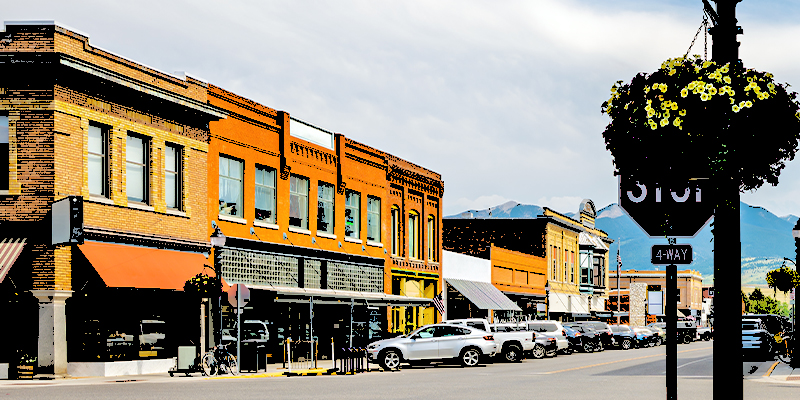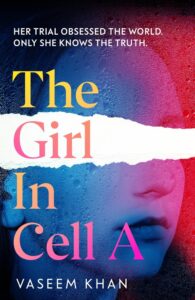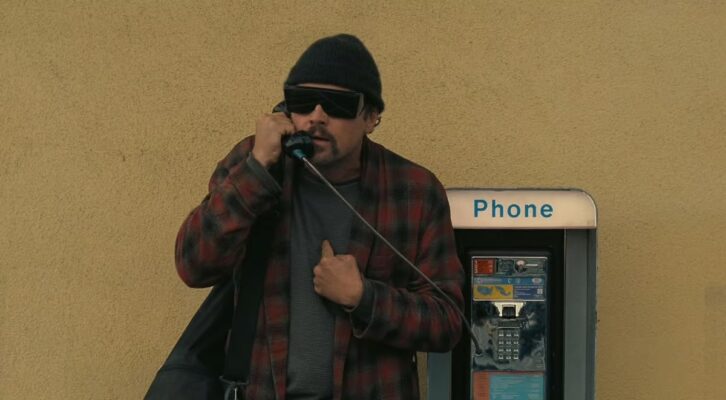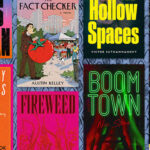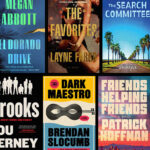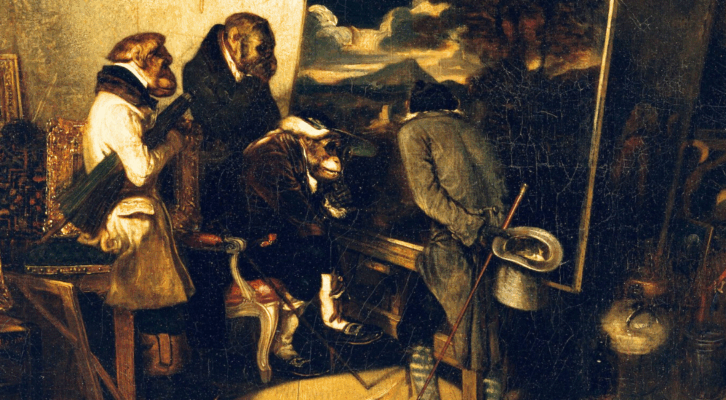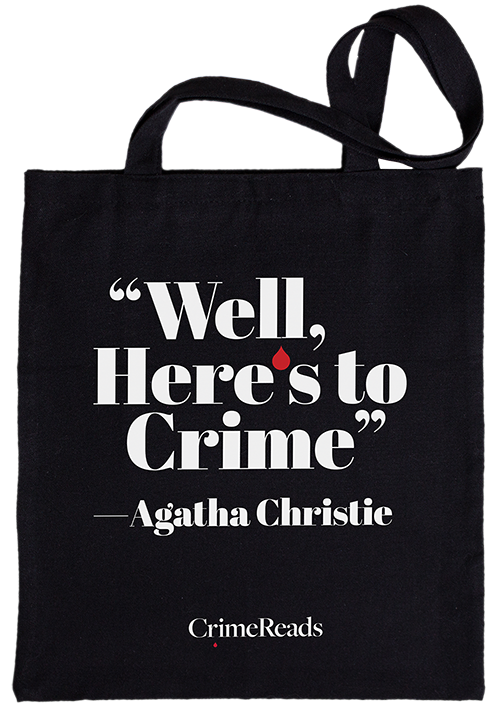What is it about small town America—in book and onscreen—that we find so compelling? A question I first confronted as a teenager, growing up in a quiet corner of London, England back in the 1980s. I had just been given my own TV, a tiny little thing but one that opened up new worlds. I had always been a book addict, but now I had the ability to indulge my passion for film, particularly Hollywood. And it was during this period that I fell in love with small town Americana, which, in turn, ignited a desire to read small town America thrillers, so much so that, over thirty years later, I decided to write my own.
The Girl in Cell A is my twelfth novel, my first psychological thriller, my first standalone, and my first set in the States. It follows a woman convicted at seventeen of murdering the heir to a ruthless mining dynasty, the Wyclercs. But Orianna has always maintained her innocence: she cannot remember what happened on that fateful day. The book is set across two timelines, in alternating chapters. In one, we see Orianna first arriving in prison where forensic psychologist Annie Ledet is tasked with unlocking the truth. As their sessions progress, Annie reaches into Orianna’s past to a shattering realisation. In the second, contemporary timeline, we discover that Orianna, having completed eighteen years in prison, decides to return to the scene of the crime to figure things out for herself…. For the novel I created my own fictional small American town: Eden Falls. In the course of doing so, I revisited some of my favorite small town America thrillers.
These novels form a varied list, but are all terrific reads that have stayed with me.
But why do small towns make for such great thrillers?
Firstly, a closed community is a perfect microcosm of everything that’s good and bad about human beings. After all, there really is nowhere to run. That sense of disconnection—or too much connection—everybody all up in each other’s business—powers the malices, intrigues and help-thy-neighbour community spirit that is often absent in big city settings. Second: secrets – a small town is basically a big dysfunctional family with all sorts of dirty secrets bubbling away under the surface. Third: in a small town every death matters and a bad death sends shockwaves around the community. In The Girl in Cell A not only is there a death that shatters the town’s image of itself, but a death that brings the nation’s media to Eden Falls, exposing it to the unwanted glare of public attention. Coupled with the killing is the disappearance of the dead man’s daughter, a teenager whose vanishing remains an enduring mystery in the years to follow. Little wonder that Orianna becomes something of a true crime celebrity during her time in prison. Fourth, in a small town the past lingers in a way it cannot in cities where the sheer pace of change washes history away. This proves particularly important when Orianna returns to Eden Falls, eighteen years after her conviction. The hatred and fear of the townsfolk remain a virulent poison running through the town’s veins, dogging her every attempt to solve the mystery. Lastly, small towns repeat the same cast of immensely readable characters: overbearing autocrats—the people who run these places—mayors, police chiefs, industrialists; creepy oddballs; former high school quarterbacks and prom queens, now living out desperate lives in the shadow of faded glories. I had immense fun populating Eden Falls with such a cast.
The Girl in Cell A is set in the south—but not the deep south—and I spent a lot of time wandering around small towns in such regions. What amazed me, more than anything else, was the incredible hospitality of the people I encountered, and how willing they were to share their stories, some of which are reflected in the book. Early American readers have been kind enough to write and tell me that I have managed to capture America and the ‘American voice’. As I gear up for the launch of the book in the States, that means a lot.
Asked to sum up the book, I say this: The Girl in Cell A is a murder mystery meets small town family saga. In the best traditions of psychological suspense, there are unreliable narrators and twists switchbacking throughout the story. Above all, I hope readers find a truly immersive and atmospheric read worthy of their time.
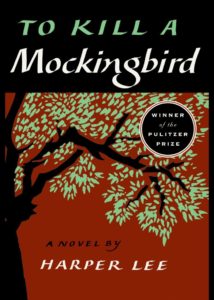
Harper Lee, To Kill a Mockingbird
I first read this in school. Yes, Harper Lee’s classic has even made it to the curriculum in England! Emblematic of the intricacies and prejudices of small town communities, this definitive work of American literature is just as relevant today. Although The Girl in Cell A isn’t about race, there is no escaping the fact that local feeling might have shaded Orianna’s conviction. Orianna is the descendant of Catholic Indians brought over from the subcontinent to Caribbean plantations, who then made the short journey over to the States. Her mother worked for the Wyclerc dynasty as a housekeeper. Orianna can never quite escape the fact that she is different; during her long years in prison that sense of being an outsider fuels her belief that the gaps in her memory hold the key to her innocence.
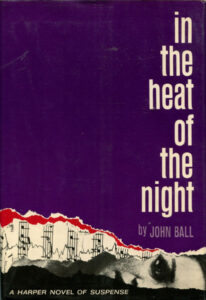
John Ball, In The Heat of the Night
This 1965 mystery by John Ball, set in South Carolina, features African American detective Virgil Tibbs, passing through a small town, accused of murder and then, once the locals realise he is actually a big city cop, called upon to solve that same killing. The book was later turned into the iconic film starring Sydney Poitier. My fictional town, Eden Falls, has been ruled for generations by the fearsome Wyclerc dynasty, now headed by clan patriarch Amos. Amos is modelled, partly, on the character of Eric Endicott from In the Heat of the Night (the film), a man whose tentacles run throughout the town. Amos is a man who will do anything to preserve his family’s wealth and power. (Think also Logan Roy in Succession or Kevin Costner in Yellowstone.) Amos, an ogre-like figure, has proven to be a favorite with early readers. He is Orianna’s main antagonist—for he is the father of the man she is accused of murdering.
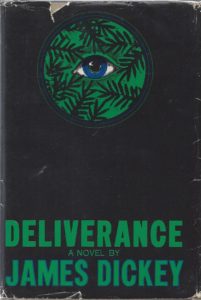
James Dickey, Deliverance
Included on the 2005 Time magazine list of 100 best novels English-language novels, I first came to this book via the screen adaptation. Although not quite set in a small town, the novel has everything that small town America has come to embody in the popular imagination, from the banjo-strumming local to the raging river that plays a central role in the action to the contrast between soft city folk and the dangerous backwoodsmen of the forested hills within which so many small towns in fiction are nestled including Eden Falls. It is that sense of wooded isolation that I borrowed for the claustrophobic environment of my setting.

David Guterson, Snow Falling on Cedars
A beautifully written novel where the quality of the prose underlies a gripping murder mystery and another tale of love crossing boundaries. From this book I took the idea of a community at war with itself, not quite certain of how its collective conscience should dictate its actions towards those who don’t follow the party line. Much like this book, The Girl in Cell A is a family saga, as much as anything else, with all that entails: love, lust, envy, and hate.
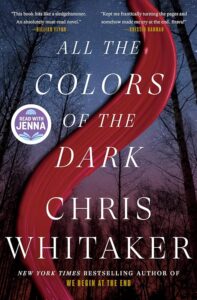
Chris Whitaker, All the Colors of the Dark
The most recent in this list, this novel is pitched as a crime thriller, but can be read as a stunning love story that moves across decades. In similar vein, one of the tensions muddying Orianna’s return to Eden Falls is a much anticipated, much feared reunion with her childhood sweetheart and first love, Luke Wyclerc, a member of the very dynasty whose heir she was convicted of murdering.
***

